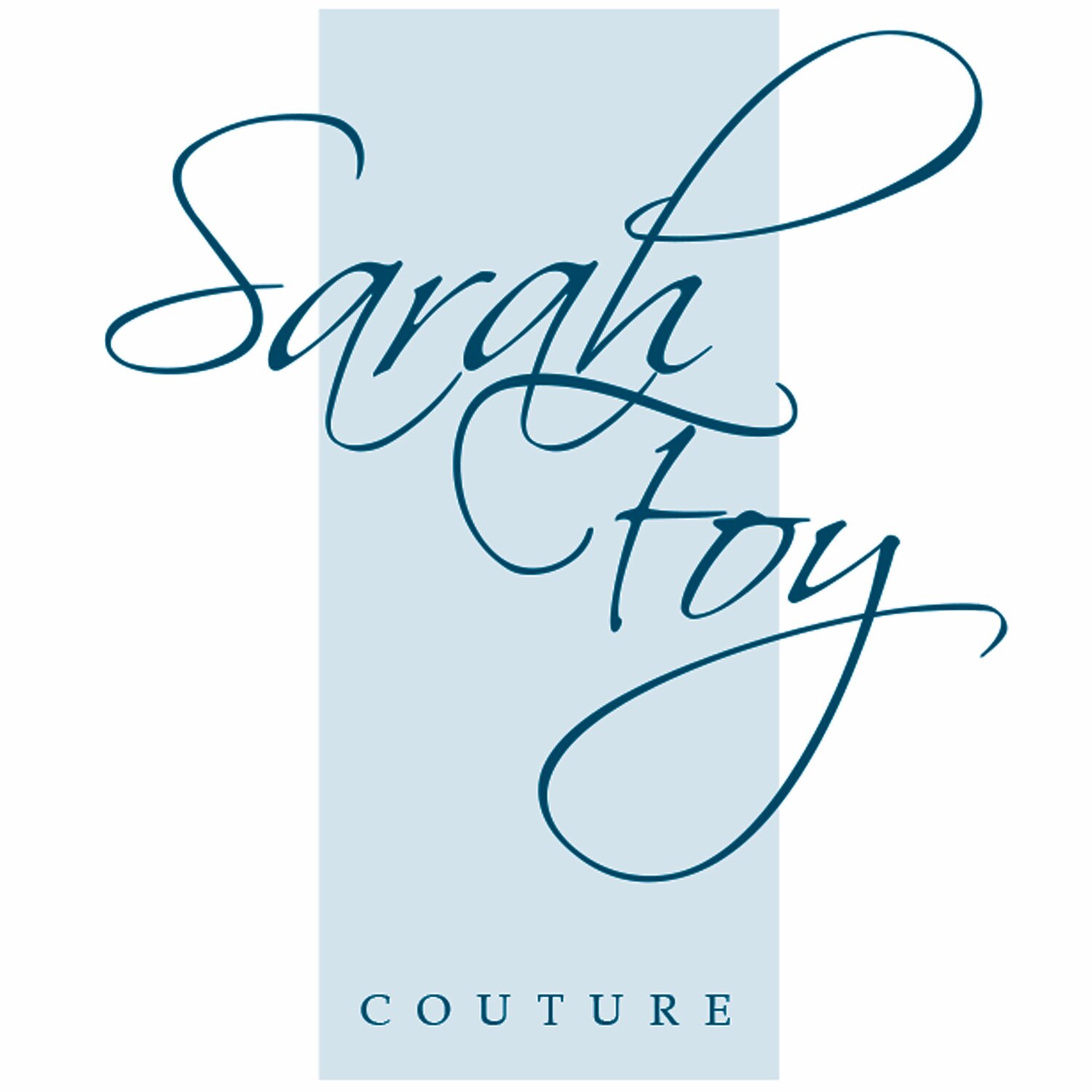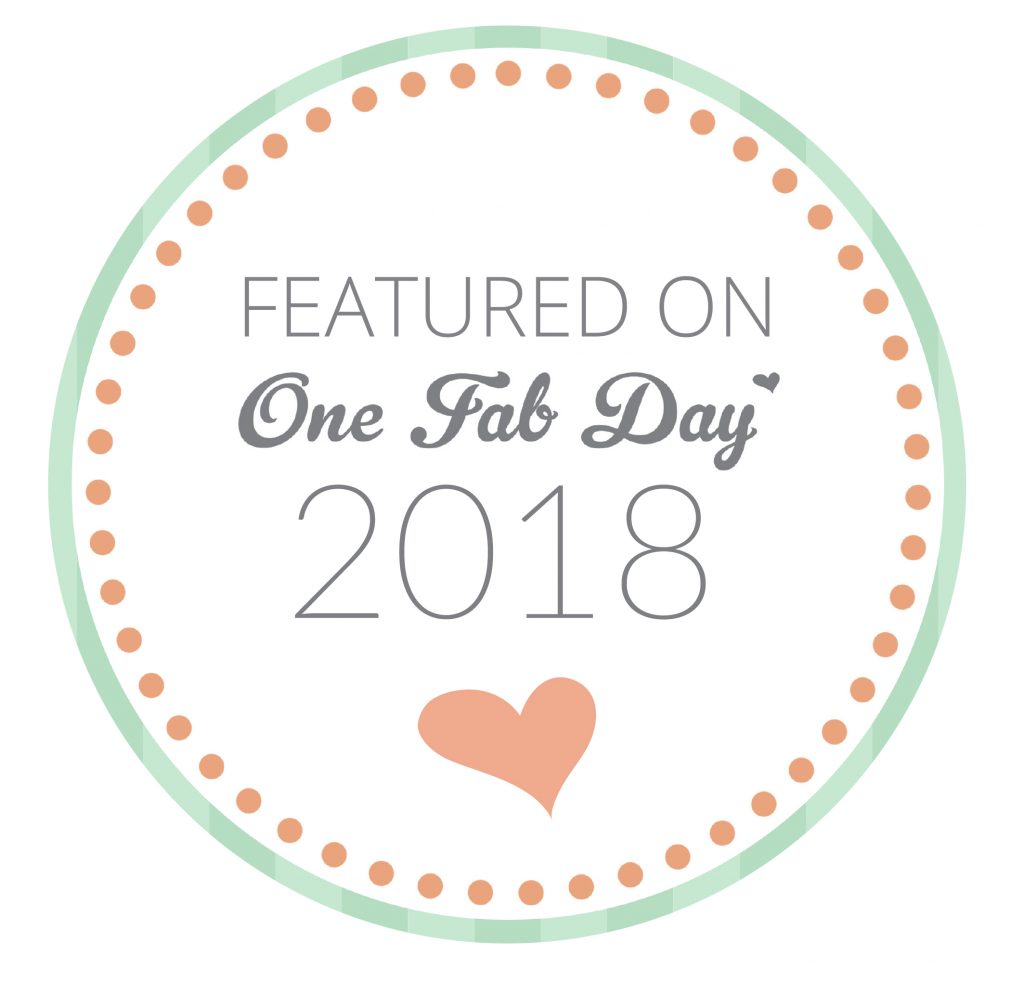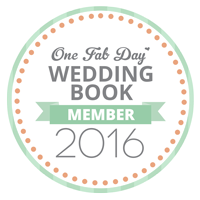Knowledge is a powerful thing and today I am sending you all back to school for a lesson in fabrics...no exams at the end, I promise. Knowing just a little about the fabric options out there can make picking your dress that bit easier. Different fabrics create different looks and silhouettes so it is vital to get your raw material right from the start. If you have narrowed down your silhouette it's then good to have an idea of the fabric that will best create that style.
The basics
Silk is a fibre, you may hear lots of words like duchess, dupion and crepes throw at you when you first start looking for your dress. All of these are made from silk fibres. So even if you are not a fan of silk duchess satin that doesn't mean you rule out silk altogether. I personally only use silk for my dresses but there are great silk mixes available now that will help to keep your budget in tack.
All fabrics come in different weights. So depending on the style of dress, you may need a very heavy silk mikado to create a big tradition style skirt. But a very light silk crepe for a wedding abroad that will keep you cool. The fabric weights help to create the right silhouette for you.
The days of a nice shiny satin for your wedding dress as your only option are gone. Today the fabrics run from a lovely shimmer to matte in texture. So depending on your own personal taste you can definitely get the right fabric finish for you.
Stiff fabrics for structured dresses
Raw silks, silk dupion, silk mikado and duchess stains are all fabrics that give structure and sculpture. Ideal for bigger more traditional skirt styles or fitted dresses where you don't want a soft flowing effect. They give a beautiful crisp, clean look. If you don't want your dress to get too heavy stick with the Thai silk or dupion they are lighter in weight but still create a voluminous look.
Soft fabrics for soft flowing gowns
Silk crepes, crepe de chine and marocain silks are very soft luxurious fabrics that look stunning in bias cut, slinky dresses. They work really effectively in dresses where you want some volume but with more movement and fluidity. Details such as cowl necklines and waterfall hems really show these fabrics off best.
Sheer fabrics
Silk chiffons and silk organzas are sheer fabrics. Creating a layered effect as you see the fabric underneath. They do both however create different silhouettes. Chiffon gives a softer flowing effect and the organza a more voluminous style with out the heaviness. The benefit of using a sheer fabric is that you can have it partly backed in silk for coverage but in areas such as the back neckline and arms you can leave it bare.
Laces and embroideries
A touch of lace or a bodice of embroidery tulle can set a dress apart from any other. There are varies options available to create your look.Laces come in Chantilly (soft very detailed design) corded lace (heavier with a cord detail outlying the design) leavers (detailed design but a little stiffer then Chantilly). There are endless designs and styles to choose from.More detailed laces, particularly beaded pieces are generally an embroidered tulle. These are really delicate, detailed designs.
So have fun with your newly found knowledge. Get a rough idea of the effects you like and go hunting for your perfect dress.
With passion
Sarah












